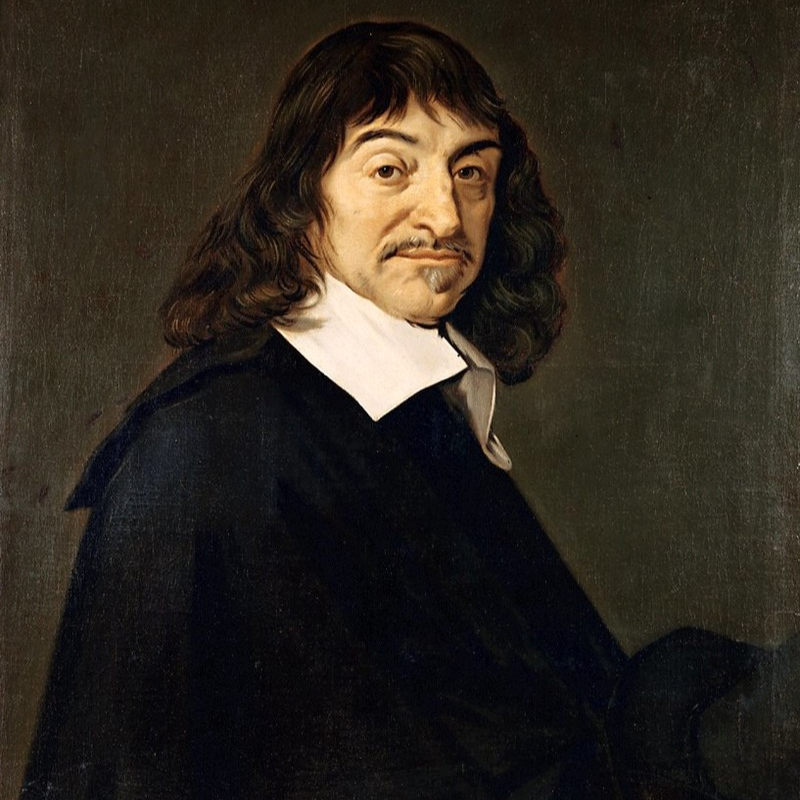
| Body Measurement | – |
| Body type | – |
| Height | 5 feet 1 inches |
| Weight | – |
| Hair Color | Dark Brown |
| Eye Color | Black |
| Shoe Size | – |
| Full Name | René Descartes |
| Nickname | René |
| Gender | Male |
| Date of Birth | 31 March 1596 – 11 February 1650 |
| Age | 53 Years (at the time of death) |
| Profession | French philosopher, scientist, and mathematician |
| René Descartes Net Worth | $5 Million |
| Education | Collège Royal Henry-Le-Grand (1607–1614) University of Poitiers (LL.B., 1616) |
| Nationality | French |
| Birthplace | La Haye en Touraine, Touraine, Kingdom of France (now Descartes, Indre-et-Loire) |
| Hometown | Descartes, Indre-et-Loire |
| Religion | Western philosophy |
| Zodiac Sign | Pisces |
| Father | Joachim Descartes |
| Mother | Jeanne Brochard |
| Spouse | – |
| Children | Francine Descartes (died at age five of scarlet fever) |
| Siblings | 2 brothers and 2 sisters |
| EMLO | The Correspondence of René Descartes |
| Project Gutenberg | Works by René Descartes |
| Internet Archive | Works by or about René Descartes |
| Published in Encyclopedia of Rhetoric and Composition (1996) | René Descartes (1596–1650) |
| Mathematics Genealogy Project | René Descartes |
| Stanford Encyclopedia of Philosophy | Life and works |

Childhood & Early Life
On March 31, 1596, René Descartes was born in La Haye, France. His father served as a landowner and councilor in the Brittany Parliament.
Descartes began his education with the Jesuits at the College de La Flèche in the French province of Anjou when he was ten years old. Henry IV of France (reigned 1589–1610) founded this institution, which is regarded as one of the finest in all of Europe.
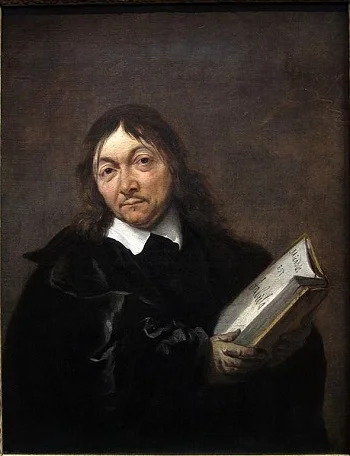
He studied languages, logic, ethics, math, physics, and metaphysics while he was there. Later, he would attend the University of Poitiers, where he eventually graduated in 1616 with a law degree.
Despite having had what many of his contemporaries would consider an exceptional education, he eventually began to severely doubt his teachers’ theories—except in the field of mathematics, which he thought was straightforward, apparent, and rational.
He attended one of the most prestigious schools in Europe, but he soon developed doubts, and after making a vain attempt to educate himself, he soon realized what he thought to be his own ignorance.
Descartes set out on a long journey that would change the very nature of philosophy for future generations, heavily influenced by the theories of both Copernicus (1473–1543) and Galileo (1564–1642) as well as their heliocentric view of the universe in which the sun, not the earth, was the center of the solar system.
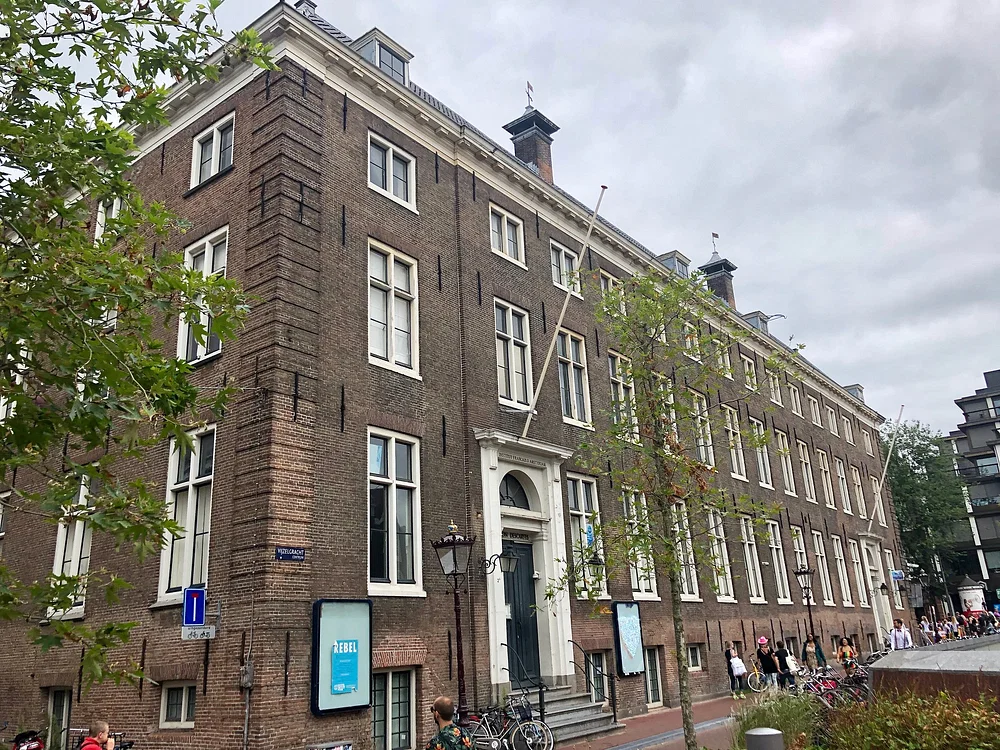
Early in the 17th century, science and philosophy in Europe underwent a significant transformation.
Aristotelean philosophy and scholasticism dominated Western thinking prior to Descartes’ argument on the concept of doubt and the transition into rationalism, but science started a departure from this traditional ideology to one based on an individual’s own capacity of reason.
Descartes introduced a new style of thinking in which the old idea of empiricism, which held that knowledge was obtained through the senses or experience, was demonstrated to be unreliable. Science puts a lot of focus on experimentation, observation, and logic.
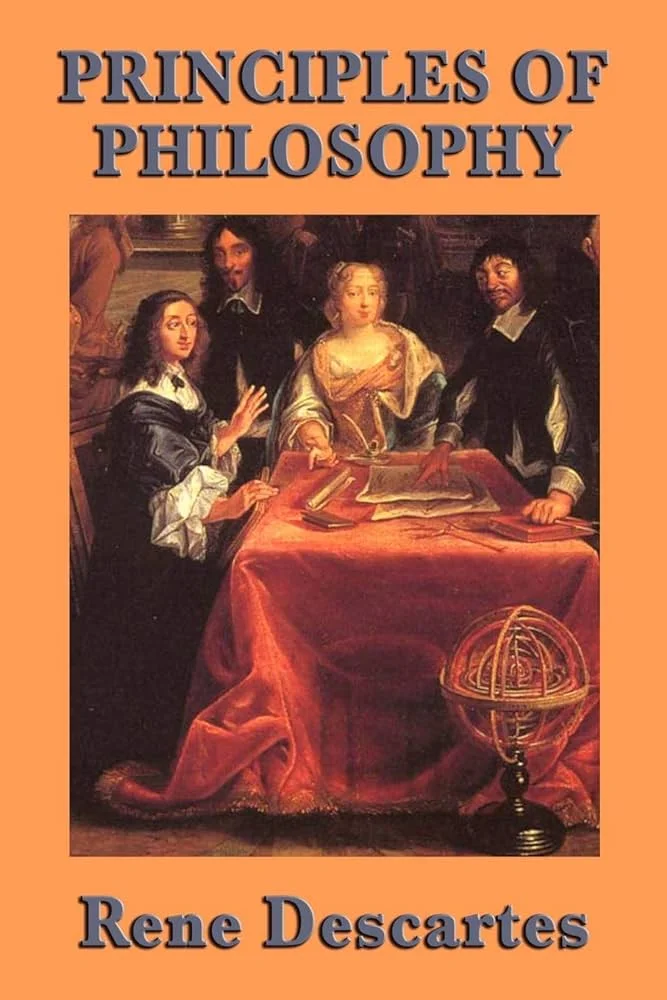
The final of these three gave Descartes the freedom to doubt all he had been taught to believe and inspired him to look for the truth. He would attempt to establish his own existence by relying just on reason.
When Descartes enlisted to fight in the Netherlands and German armies and traveled across Europe, he started this search.
He had an incident while stationed in the German state of Bavaria that would forever alter his life.
He sought refuge in a small room that was solely heated by a ceramic furnace on November 10, 1619, to escape the chilly weather. He meditated all day because he didn’t have anything else to do. He had three distinct dreams one night.
When he awoke, he saw these dreams as visions and realized that mathematics was the key to understanding the natural world as a whole. He questioned whether other fields of knowledge could benefit from mathematical certainty.
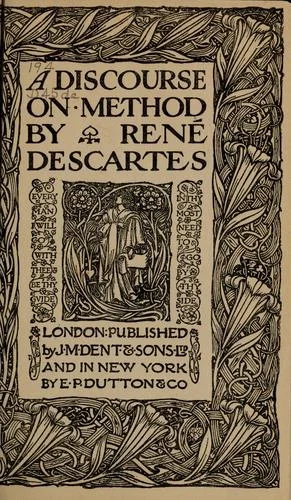
He would spend most of the remainder of his life in the Netherlands, a nation that provided more freedom of expression than any other in Europe, after leaving the army and out of concern for Catholic Church persecution.
He started looking for a new way of thinking because the visions he had in Bavaria were keeping him up at night. The search for truth was at the heart of this new way of thinking.
Descartes felt that the idea of doubt could lead to the discovery of truth.
Also Read: Stephen Covey Net Worth, Books, Death & Life Story
Career
His Meditations would revolutionize philosophical thought and introduce a new school of thought: rationalism. His Discourse laid the groundwork for both his epistemology and metaphysics.
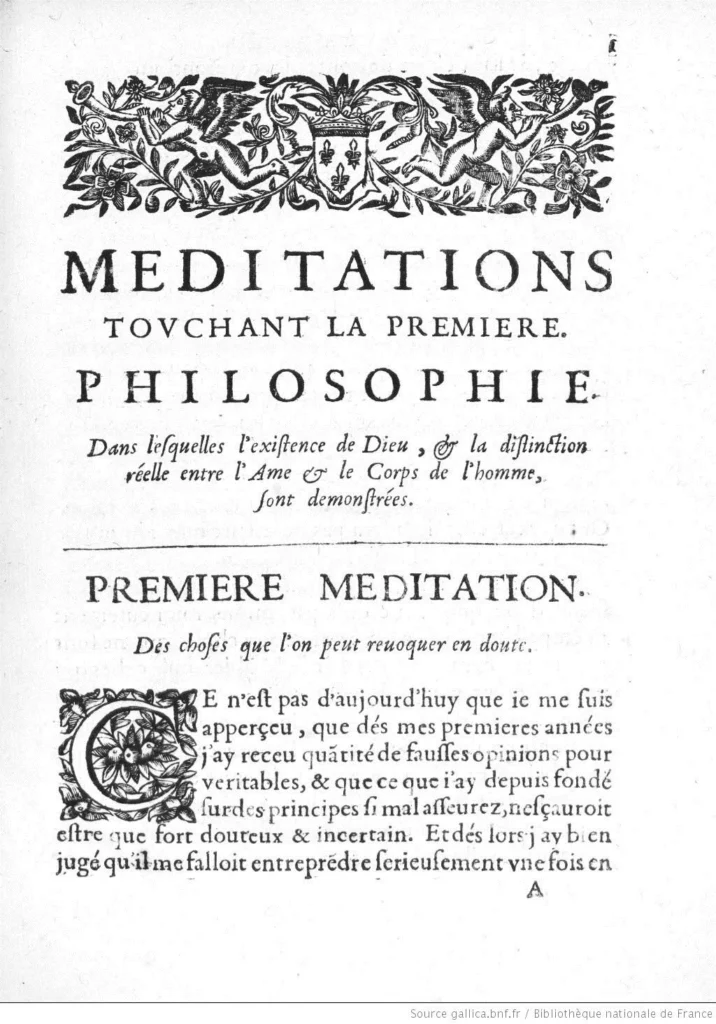
Rationalists believe that reason should be used to learn about the world rather than relying on the fallibility of the senses.
He spoke about his own search in his Discourse, stating that he had to “reject as absolutely false everything as to which I could imagine the least ground of doubt”.
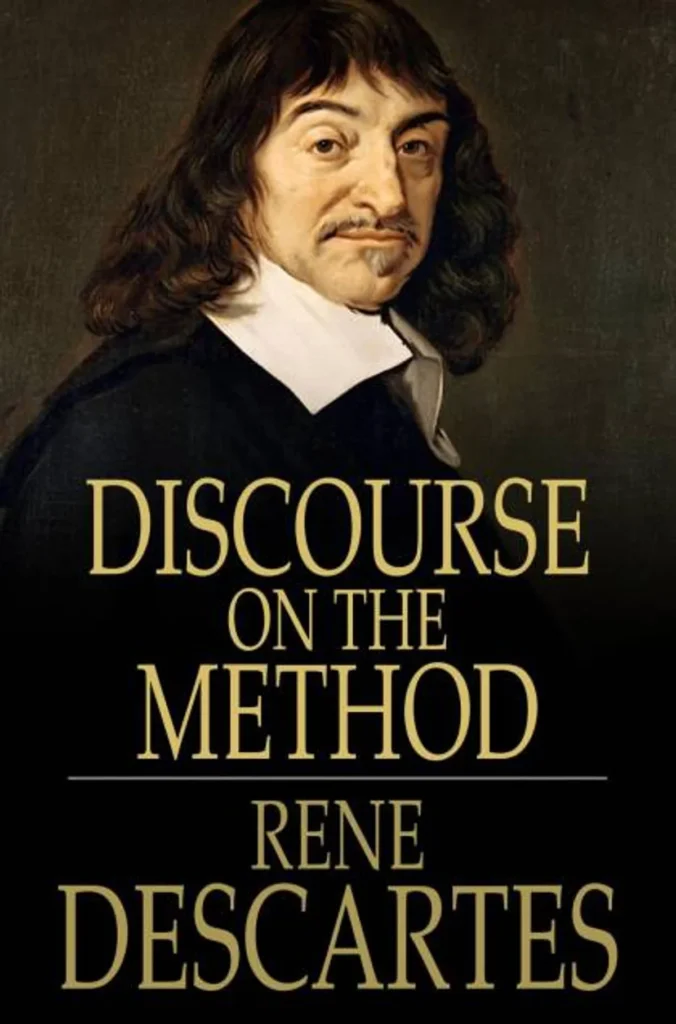
One must put all of their beliefs to the test in this search and discard anything that doesn’t pass. Descartes emphasized the necessity to reject experience and rely solely on the senses in his Meditations.
For him, certainty is necessary for authentic knowledge or truth; there can be no place for uncertainty. One should not put too much faith in what they see or feel because their senses might be deceptive.
Descartes explains in Meditations how he eventually came to his Cogito or the proof of his own existence. He started by applying the question of doubt as a filter to all of his personal convictions. An idea was eliminated if it couldn’t get past this filter.
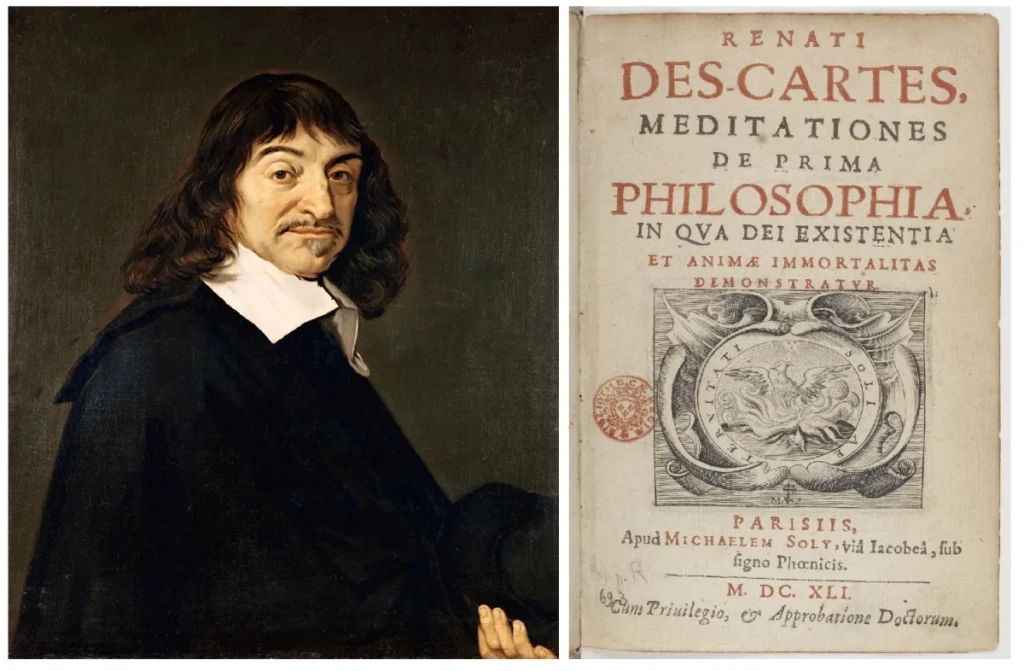
He could develop knowledge again after an idea had succeeded or failed based on these certainties. He created a set of guidelines for this search after keeping in mind that all intricate mathematical proofs include numerous phases.
One must divide a question into manageable chunks to start the process. Then progress gradually from the smallest and easiest to the biggest and most complicated before reviewing.
Nothing that is not presented in a way that leaves no room for doubt must be accepted as true.
Descartes cannot even be certain that he, himself, is real if he applies this filter to all of his views. One should not believe everything his senses tell him because they are susceptible to deception.

He must come up with a technique to establish his existence as he has rejected any reliance on his own senses. Even reality must ultimately be called into doubt.
Can one even demonstrate their awareness? Given how realistic some dreams may be, a person may be dreaming, or their entire existence may be a dream.
Or a person could be possessed by a bad demon, a godlike being that is controlling his ideas.
Descartes coined the statement Cogito ergo sum, or “I think therefore I am,” because in the end, the only thing one can know for sure is that they exist because they are thinking.
Also Read: Delia Owens Net Worth, Books, Family & Life Story

Major Works
From 1629 to 1649 he would produce his greatest works on philosophy, including:
- Le Monde (1633) – a defense of the heliocentric view of the solar system
- Discourse on Method (1637) – the preface to his Optics
- Meditations (1641) – a discussion of his Cartesian theory and God’s existence
- Principles of Philosophy (1644) – an examination of the relationship between the body and soul
Although known for his works on philosophy, Descartes wrote extensively on both science and
mathematics. These works included Le Géométrie (Geometry), Les Météores (Meteorology), La Dioptrique (Optics), and Passion of the Soul.
Awards and Achievements
While Rene Descartes was alive, he did not receive any awards. Although his work was important, he was not given any special honors or awards during his lifetime
René Descartes Net Worth
Rene was one of the richest Philosophers from France. According to our analysis, Wikipedia, Forbes & Business Insider, Rene Descartes‘s net worth was estimated to be around $5 Million.
Controversy
Descartes expanded the scope of the issue of doubt to include both the ontological case for the existence of God and the areas eventually covered by his Cartesian dualism.
He received most of his criticism in these areas. According to Descartes, a person is made up of both their body and thought.
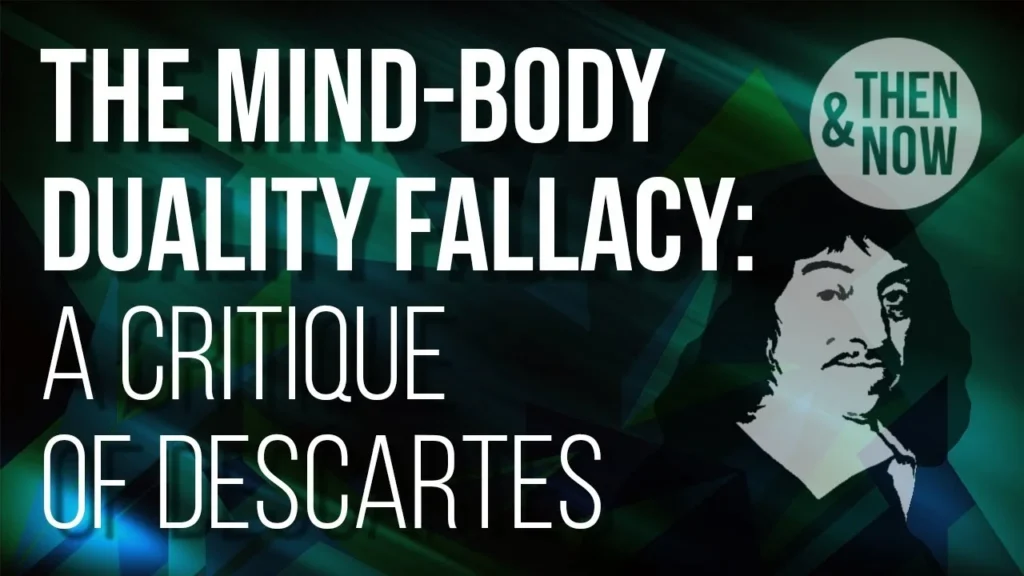
For perception, memory, imagination, and emotion, both of these are essential.
However, in accordance with his concept of dualism, the body and mind are different and distinct; the body is physical and an occupant of space, whereas the mind is a thing that thinks and is not physical.
Since the body is not necessary for the existence of the mind, the two cannot be the same. “There is a great difference between mind and body, inasmuch as body is by nature always divisible, and the mind is entirely indivisible,” he stated in Meditations VI.
This separation of the mind and body is the foundation of human reason. Since experience is what breeds the “demon” of doubt, the mind must include innate beliefs that predated experience.
This was criticized by some at the time as leading dangerously close to atheism. Four years after his passing, in 1663, the Holy Office of the Catholic Church forbade the publication of four of his books.
Years later, the Dutch Reform theologian Gisbert Voetuis attacked both his character and his Discourse on Method, branding him vain, vengeful, “peripatetic,” and ambitious.
Descartes thought that God existed and sought to demonstrate it, even if many people have doubts about the “how.”
His ontological proof is not significantly different from those put forth by older philosophers like Anselm.
Descartes understood that he was an imperfect person who was transient and limited, but he also held the idea of an infinite being who was everlasting, immortal, and without flaw. This was God.
He thought that since he could not have come up with the idea of God, God must already exist as a perfect creature.
Death
Descartes relocated to Stockholm in 1649 at the request of Queen Christina of Sweden to instruct her in philosophy.
Descartes, who preferred to sleep late and had done so ever since his days at the College of de Le Flèche, was unlucky in that the queen was an early riser.
He had to get up at five in the morning for the lessons (three times a week), which proved fatal because he developed pneumonia and passed away on February 11th, 1650.
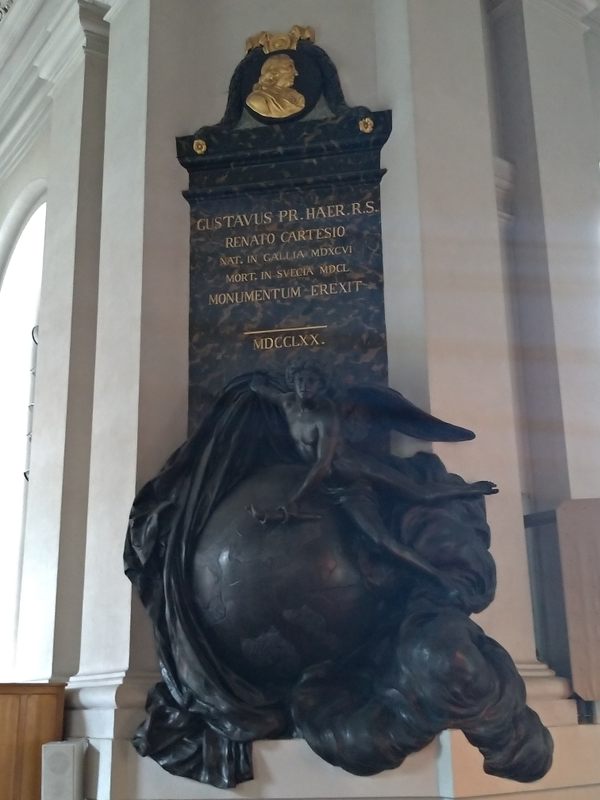
Descartes’ remains, minus his head and one finger, would be transported from Stockholm to Paris 16 years after his passing.
He was buried in the St. Genevieve du Mont Church cemetery in 1667. He would eventually be relocated, still lacking his skull and finger, and reinterred at the Saint-Germain-du-Pres Abbey.

10 things you didn’t know about René Descartes!
FAQs
– What is Descartes’ most famous statement in philosophy?
Descartes’ most famous statement is “Cogito, ergo sum” (I think, therefore I am). This phrase reflects his foundational belief in the existence of the thinking self as the starting point for knowledge.
– What was Descartes’ contribution to mathematics?
Descartes made significant contributions to mathematics, particularly in the development of analytic geometry. He introduced Cartesian coordinates, which allowed algebraic equations to be represented geometrically.
– What is the significance of Descartes’ “Meditations on First Philosophy”?
Descartes’ “Meditations” is a philosophical work in which he systematically doubted all his beliefs to find a foundation of knowledge. It explores his famous method of radical doubt and the quest for certain and indubitable truths.
–What impact did Descartes have on the Scientific Revolution?
Descartes’ emphasis on skepticism, deductive reasoning, and mathematical precision greatly influenced the development of modern science. His approach to problem-solving and the use of mathematics as a tool for understanding the natural world were pivotal in shaping the Scientific Revolution.
